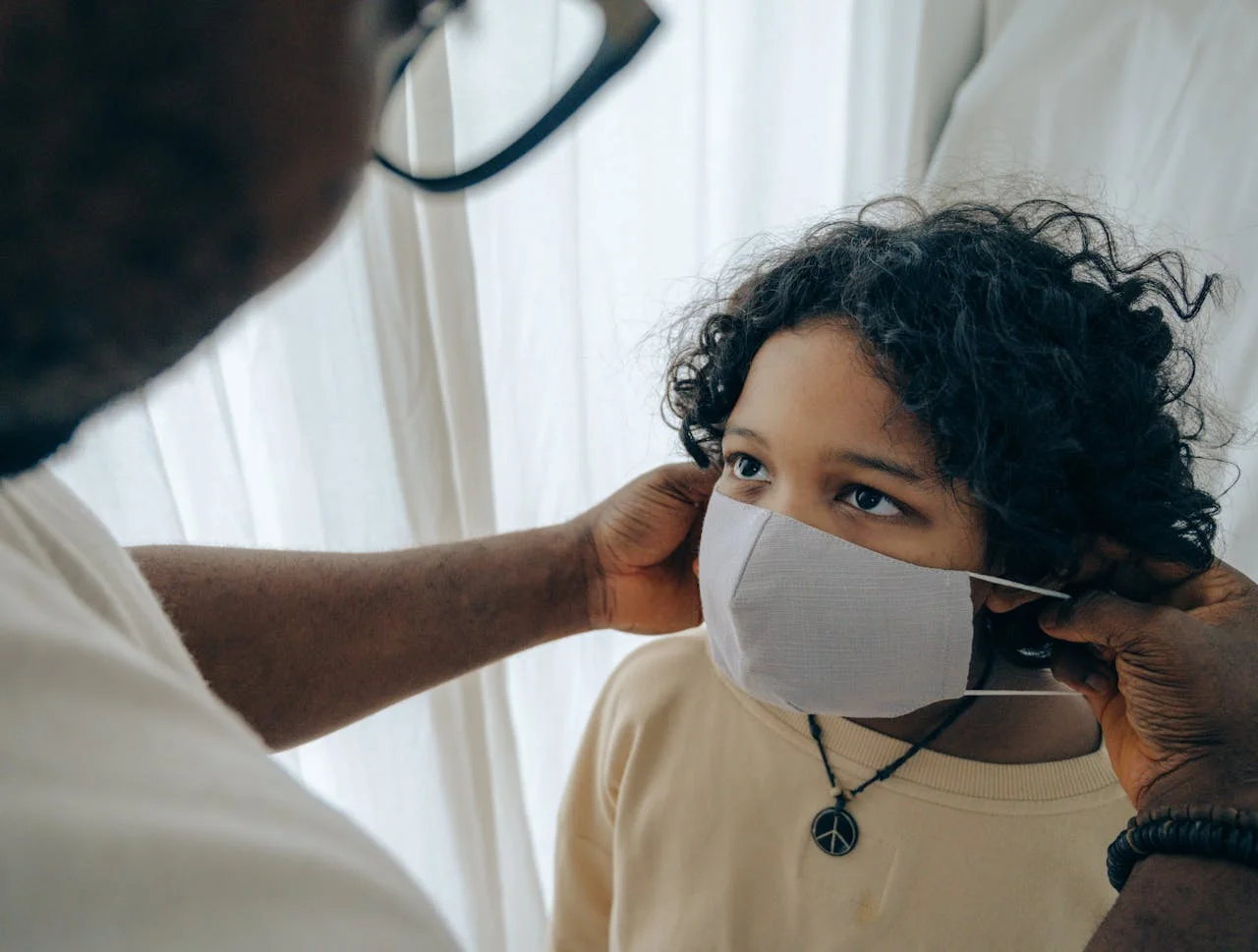
Today marked a significant milestone in healthcare as the World Health Organization (WHO) unveiled the Patient Safety Rights Charter during the Global Ministerial Summit on Patient Safety. This groundbreaking Charter, the first of its kind, delineates patients’ rights within the realm of safety and aims to assist stakeholders in crafting legislation, policies, and guidelines crucial for ensuring patient safety.
Patient safety encompasses the systems, procedures, and cultures within healthcare systems that promote safety and minimize the risk of harm to patients. Anchored in international human rights standards, everyone is entitled to safe healthcare, irrespective of factors such as age, gender, ethnicity, language, religion, disability, socioeconomic status, or any other status.
The Charter outlines ten pivotal patient safety rights essential for mitigating risks and preventing inadvertent harm. These include rights to timely, effective, and appropriate care; safe healthcare processes and practices; qualified and competent staff; and patient and family engagement, among others.
Dr. Rudi Eggers, WHO’s Director of Integrated Health Services, emphasized the fundamental principle of healthcare – ‘Do no harm’ – highlighting patient safety as a global priority critical for achieving Sustainable Development Goals and indicative of countries’ commitment to health-related human rights.
Dr. Neelam Dhingra, Head of WHO’s Patient Safety Flagship Unit, underscored the Charter’s significance in fostering a safer, more equitable world. She invited countries and stakeholders to adopt, disseminate, and implement the Charter, emphasizing its role in integrating crucial concepts like patient and family engagement, equity, dignity, and access to information into healthcare systems.
Ensuring patient safety is integral to realizing the right to health. Shockingly, one in every ten patients experiences harm in healthcare, with approximately 50% of this harm being preventable. Avoidable errors, such as unsafe surgical procedures, medication errors, misdiagnosis, and poor injection practices, contribute to compromised patient safety globally.
Patient harm in healthcare is a pervasive challenge across countries and healthcare settings, often stemming from systemic process failures rather than isolated incidents. Recognizing this, the World Health Assembly resolution 72.6 and the Global Patient Safety Action Plan 2021-2030 prioritize improving patient safety through systemic action.
The Patient Safety Rights Charter equips healthcare workers, leaders, and governments with tools to cultivate patient-centered healthcare systems, enhancing safety and minimizing harm. Crucially, it empowers patients to advocate for themselves in healthcare settings and fosters collaboration between patients, families, caregivers, communities, and health systems to ensure equitable access to high-quality, safe healthcare.
The Sixth Global Ministerial Summit on Patient Safety, hosted by the Government of Chile, provides a platform for ministers, healthcare leaders, and patient advocates to deliberate on implementing the Global Patient Safety Action Plan and addressing challenges in patient safety policies and practices.
Note to Editors: The Charter outlines ten fundamental patient safety rights, including rights to timely, effective, and appropriate care; safe healthcare processes and practices; qualified and competent health workers; and patient and family engagement, among others.




